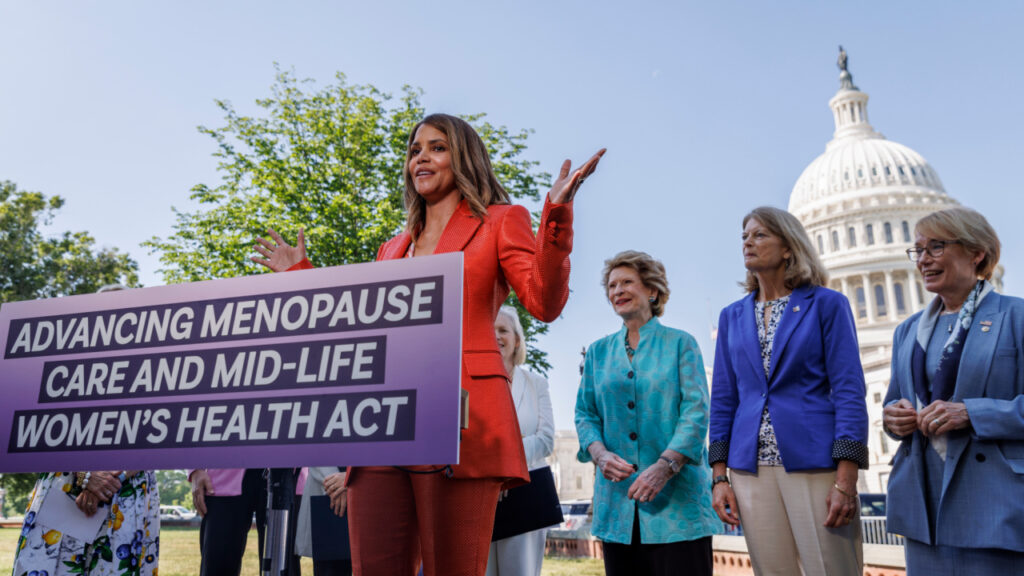Daughters Provide Twice the Elder Care While Sons Step Back, Studies Show
Parents hoping for support in their old age may want to examine the gender dynamics in caregiving closely. Multiple studies show a clear imbalance: daughters step in, while sons step back.
Daughters carry most of the responsibility
According to research presented at the American Sociological Association, daughters provide an average of 12.3 hours of care for elderly parents per month, compared to sons’ 5.6 hours. “In other words, daughters spend twice as much time, or almost seven more hours each month, providing care to elderly parents than sons,” said study author Angelina Grigoryeva, a Princeton University sociologist.
Grigoryeva explained that the amount of care daughters give is often shaped by their other responsibilities, like childcare or employment. Sons’ caregiving, meanwhile, was linked to one main factor: whether a sister or spouse was available to step in.
When brothers have sisters, daughters’ caregiving increases
The data shows an even starker dynamic when siblings are of mixed genders. Grigoryeva found that “sons reduce their relative caregiving efforts when they have a sister, while daughters increase theirs when they have a brother.” This pattern, she said, “suggests that sons pass on parent caregiving responsibilities to their sisters.”
The findings come from the University of Michigan Health and Retirement Study, a nationally representative survey of more than 26,000 Americans over the age of 50, conducted every two years.
Caregiving has long-term health and financial costs
Providing elder care has ripple effects far beyond family logistics. Numerous studies have found that caregiving can lead to higher stress, adverse physical and mental health outcomes, and even higher mortality rates. Grigoryeva warned that the burden often forces women to make career sacrifices, leading to lower earnings and significant financial strain.
Philip Cohen, a sociologist at the University of Maryland, told USA Today that these findings add to the bigger picture of gender inequality. “We see part of the reason for the gender pay gap is that women spend more time out of the workforce, taking care of children, making career sacrifices for family. This suggests that parent care is also a big factor in the gender gap,” he said.
Daughters’ care reflects systemic gender inequality
Despite progress in gender equality since the 1970s, caregiving remains heavily gendered. Grigoryeva noted that elderly parent care is “particularly significant due to the consequences of elder care for caregivers.” She added that “gender inequality remains acute when it comes to elderly parent care.”
The disparity also goes beyond housework or childcare. Independa reported that the gap in elder care is even larger than gender differences in other family responsibilities. This reflects a reality where we expect adult daughters to become the “first line of defense” when parents age.
Families and policymakers face difficult questions
The research highlights a pressing issue: who takes care of aging parents as more Americans choose to age in place. While caregiving can bring emotional rewards, Grigoryeva stressed that it also comes with costs that disproportionately fall on daughters.
“The detrimental side-effects of caregiving for elderly parents could have potentially intensifying effects on a series of gender inequalities pertaining to health and economic well-being,” she explained.
As conversations about elder care grow louder, the data makes one thing clear: daughters are carrying a responsibility that continues to shape gender roles well into adulthood.




